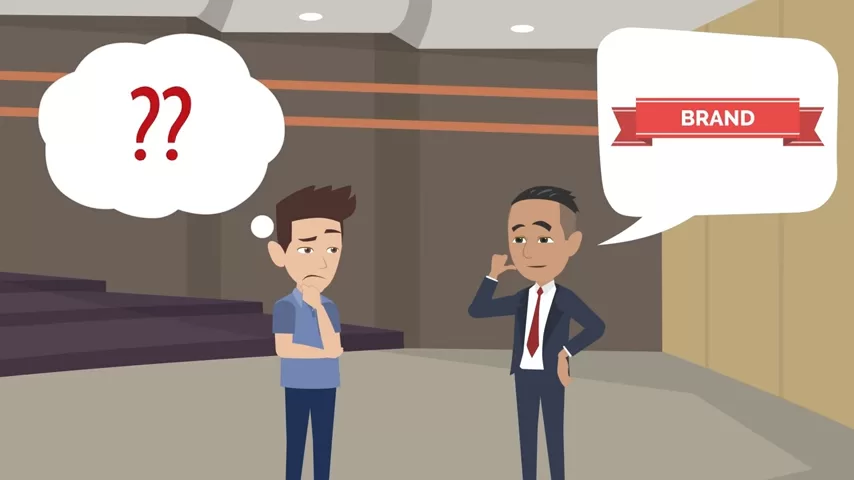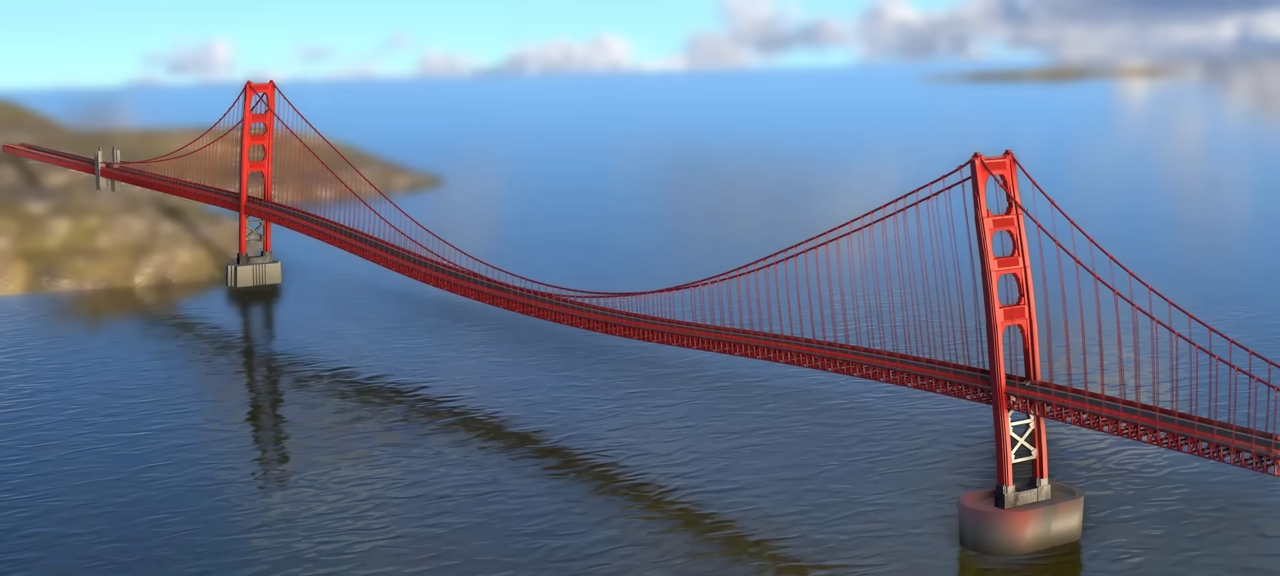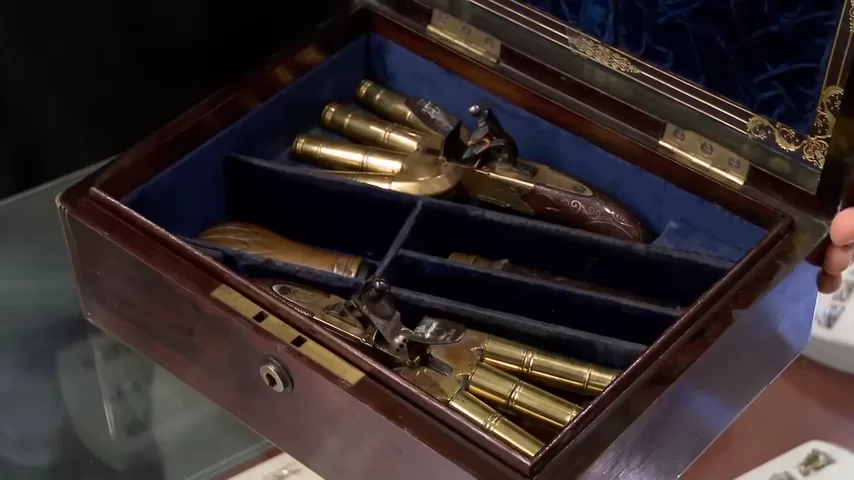In a world flooded with content, attention is currency—and storytelling is how you earn it. Brands are no longer just selling products or services; they’re telling stories that resonate, engage, and stick. And increasingly, they’re telling those stories through 2D animation.
From explainer videos and digital ads to internal culture clips and origin stories, 2D animation has become a powerful tool for companies seeking to shape their corporate identity and leave a lasting impression. It blends simplicity with flexibility, emotion with clarity, and storytelling with strategy.
This article explores how brands use animated storytelling—particularly 2D animation—to craft compelling narratives that humanize their business, differentiate them from the competition, and reinforce their values.
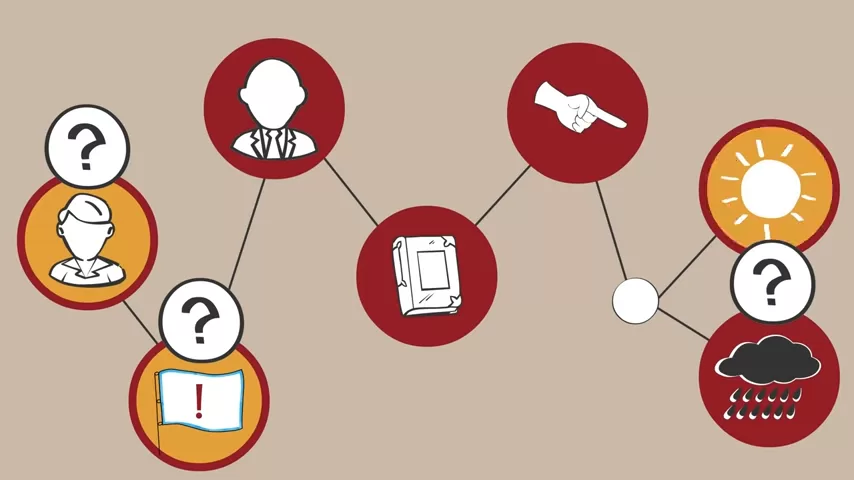
Why Animation Works for Brand Storytelling
Let’s start with the obvious: animation grabs attention. But it does much more than that.
1. It’s Visually Distinct
In a sea of live-action ads and polished corporate videos, 2D animation offers a stylistic contrast. It can be bold, whimsical, minimalistic, or nostalgic. The visual language is fully customizable, allowing brands to create a world that reflects their unique identity.
2. It Simplifies the Complex
Whether you’re explaining blockchain tech, financial services, or a startup’s mission, animation can break down complex concepts into digestible visuals. Motion, metaphor, and clear design make even the densest information accessible.
3. It’s Emotionally Engaging
Animation isn’t limited by physical reality. It can amplify emotion, visualize internal experiences, and abstract big ideas. The result? Stories that are not only informative but emotionally resonant.
4. It’s Cost-Effective and Scalable
Compared to live action, animation offers fewer logistical hurdles: no sets, no actors, no travel. It’s ideal for remote production and can be easily translated into multiple languages, updated, or resized for different platforms.
Key Uses of 2D Animation in Brand Storytelling

1. Brand Origin Stories
Who you are matters. Consumers want to know what your brand stands for, where it came from, and why it exists. Animated brand stories are perfect for capturing this origin narrative.
Example:
A health tech startup uses an animated timeline to show how the founder’s personal medical journey led to the company’s mission. Through characters, voiceover, and stylized visuals, the story is told with emotional clarity and visual charm.
2. Explainer Videos
This is one of the most common—and effective—formats. These videos usually live on homepages, landing pages, or social ads and aim to clarify:
- What the product/service is
- How it works
- Why it matters
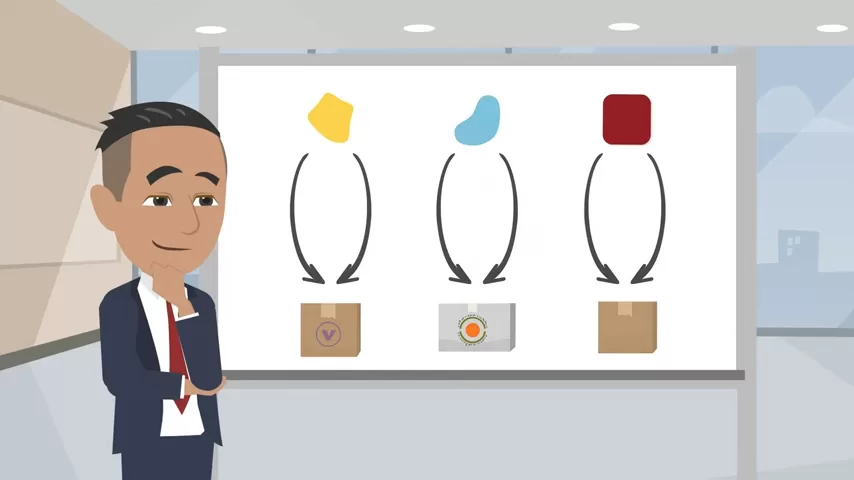
Animation helps visualize how invisible or abstract services (like cloud storage, cybersecurity, or AI) actually work.
Pro tip: The best explainer animations combine friendly characters, brand-aligned aesthetics, and crisp scripting.
3. Product Showcases
Animation lets you show what’s inside a product, how it’s used, or why it’s different—without needing actual prototypes or filming complex processes.
Use cases:
- Animating a digital interface (perfect for software UI)
- Demonstrating a service journey (great for apps or subscriptions)
- Visualizing product benefits in action
4. Brand Values and Mission
Want to reinforce sustainability, innovation, diversity, or integrity? Animation lets you visualize abstract concepts as stories and symbols.
You might animate:
- A character making ethical decisions
- A metaphorical journey symbolizing growth or impact
- A visual breakdown of the company’s sustainability practices
Animation bridges the gap between values and visuals.
5. Internal Culture & Onboarding
Many companies use animated videos for internal communications: onboarding new hires, promoting values, explaining policies, or sharing company milestones.
Animation here fosters clarity and consistency while keeping things light and digestible.

What Makes an Effective Animated Brand Story?
It’s not enough to animate. You need a story. Here are the key elements:
1. A Clear Narrative Arc
Every good story—animated or not—needs a beginning, middle, and end. A character, a problem, a resolution.
Even if you’re explaining a process, frame it through narrative. What’s the tension? What’s at stake? What’s the transformation?
2. A Visual Language That Matches Your Brand
The style of your animation should align with your brand’s personality:
- Playful and bright? Use bold colors, dynamic motion, and quirky characters.
- Serious and sophisticated? Go for minimalism, clean lines, and subtle transitions.
- Tech-driven and futuristic? Use abstract forms, digital themes, and smooth sequences.
Consistency in style = clarity in identity.
3. Character and Emotion
Even B2B brands benefit from emotional connection. Characters help. Whether it’s a mascot, a relatable customer avatar, or just a friendly narrator, animation gives you space to build empathy.
4. High-Quality Sound Design
Music, sound effects, and voiceover all contribute to emotional tone and narrative flow. Invest here—it’s as critical as the visuals.

Popular Animation Styles Used by Brands
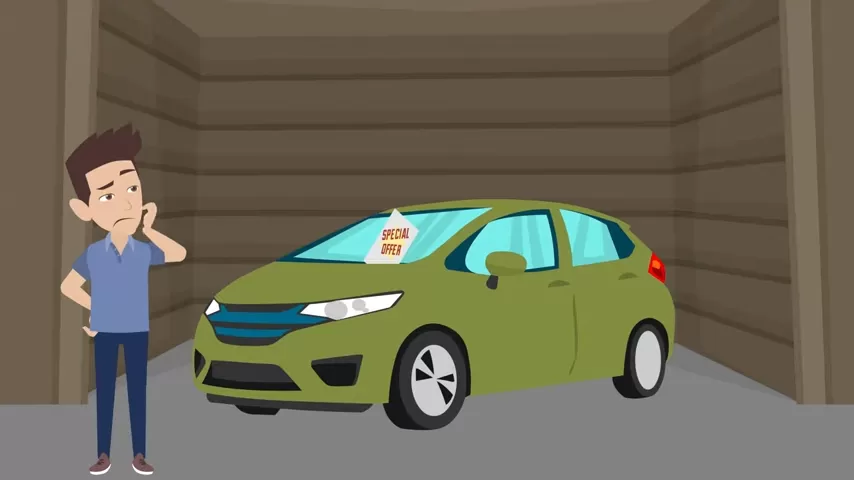
Flat 2D Animation
Simple shapes, clean colors, and a minimal approach. Ideal for tech startups and modern brands.
Hand-Drawn or Frame-by-Frame Animation
More artistic and expressive. Used for nostalgic, human-centric, or high-end brands.
Motion Graphics
Graphical elements (icons, charts, typography) in motion. Great for data-driven storytelling.
Cut-Out or Collage Style
Mixing textures, photos, and illustrations. Perfect for brands that want to look unique or editorial.
Examples of Brands Nailing 2D Animated Storytelling
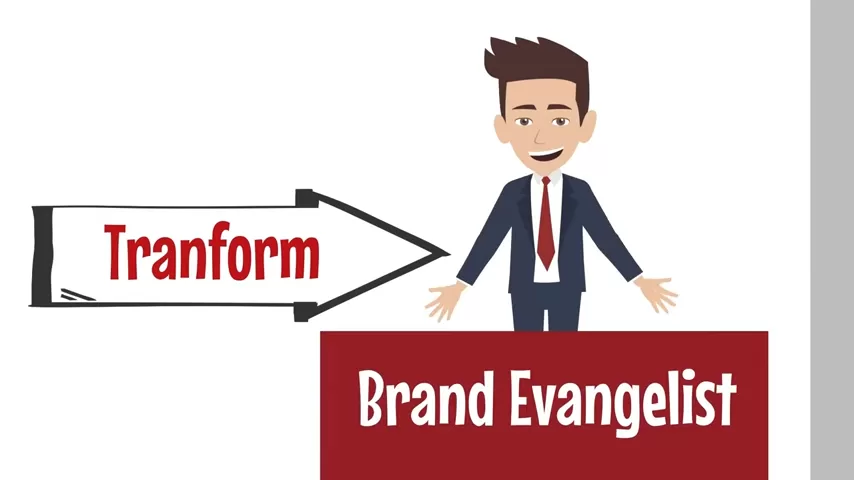
Dropbox – “What Is Dropbox?”
This explainer used friendly flat animation and simple metaphors (folders, files flying through clouds) to break down cloud storage for everyday users.
Mailchimp – Brand Refresh Videos
Mailchimp used playful, quirky animations to illustrate its evolution. Their animated assets are consistent across web, email, and ads—building brand recognition.
Spotify Wrapped – Animated Recaps
Spotify uses animation in their annual Wrapped campaigns to create personalized music stories for each user. It’s data + narrative + motion = magic.
Headspace – Explaining Meditation
Headspace’s videos are simple but powerful. Friendly characters guide you through mental health concepts with calming motion and clear storytelling.
Challenges and Pitfalls to Avoid
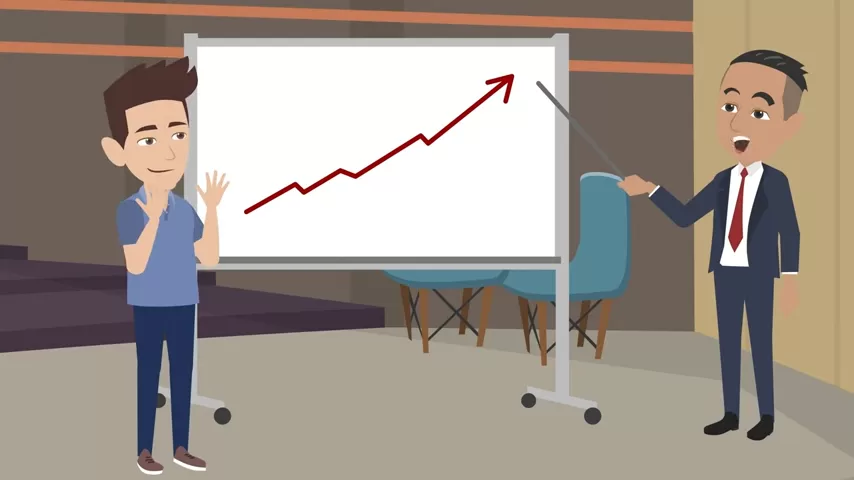
Overcomplicating the Message
Animation is meant to clarify. Don’t overwhelm with too much visual noise or dense narration.
Mismatch of Tone and Style
Using a cartoony style for a legal or finance brand? Might feel off. Align animation tone with your audience’s expectations.
Generic Templates
Stock-style animation can make your brand look like everyone else. Custom illustration and voice make a huge difference.
Animation Across Platforms: Where to Use It
- Website hero sections — tell your story in seconds
- Social media — short animated clips get higher engagement
- YouTube pre-rolls — a perfect space for explainer videos
- Investor decks — animate your pitch visually
- Internal comms — explain values, culture, or workflows
Adapt the format (landscape, square, vertical) to the platform. Attention spans vary—so should the length.
How to Get Started with Animated Storytelling
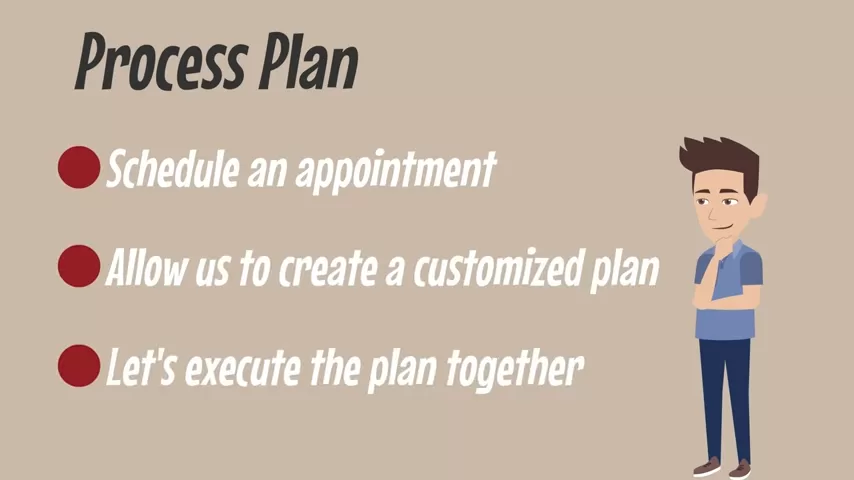
Define Your Goal
Is this to explain a product? Build emotional connection? Drive conversions?
Know Your Audience
Tailor tone, pacing, and visuals to the people you’re trying to reach.
Write a Solid Script
This is the backbone of the story. It must be clear, concise, and emotionally engaging.
Storyboard the Flow
Rough sketches help visualize pacing and transitions.
Work With Professionals
A skilled 2D animation studio can translate your vision into motion with quality and precision. Scriptwriting, illustration, voiceover, and editing all matter.
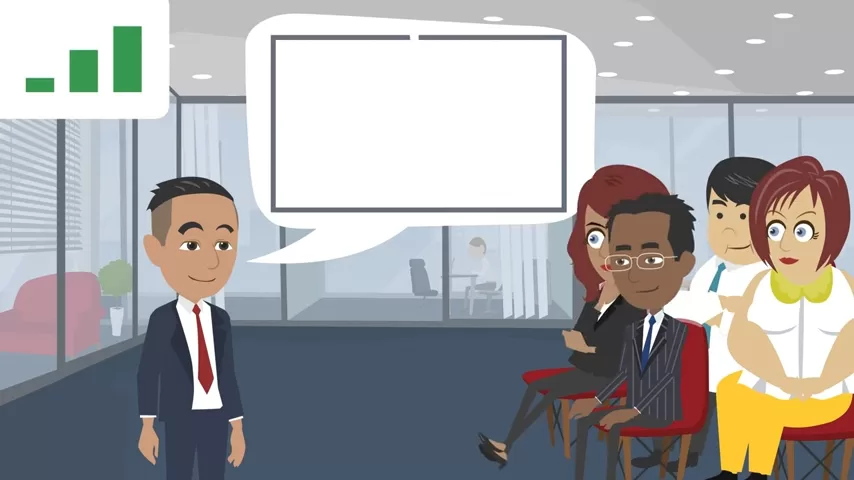
The Future of Brand Storytelling Is Animated
The beauty of 2D animation is its adaptability. Whether you’re a scrappy startup or a global corporation, you can use animation to tell your story—without Hollywood budgets or elaborate shoots.
It’s visual. It’s emotional. It’s strategic.
And in the age of screens, it’s exactly how modern brands earn attention, trust, and love.
